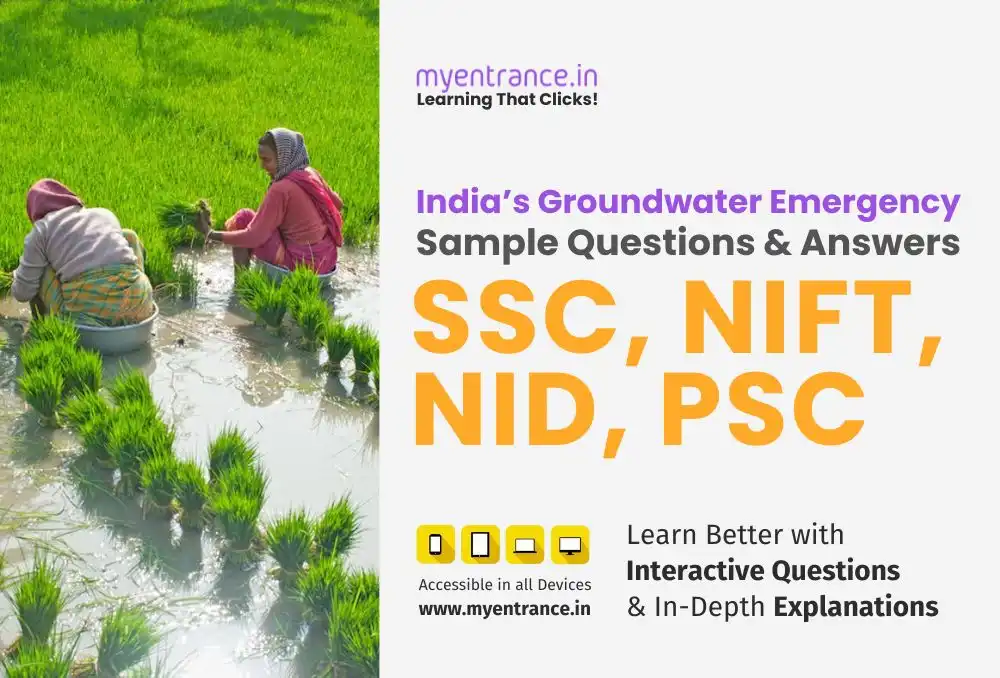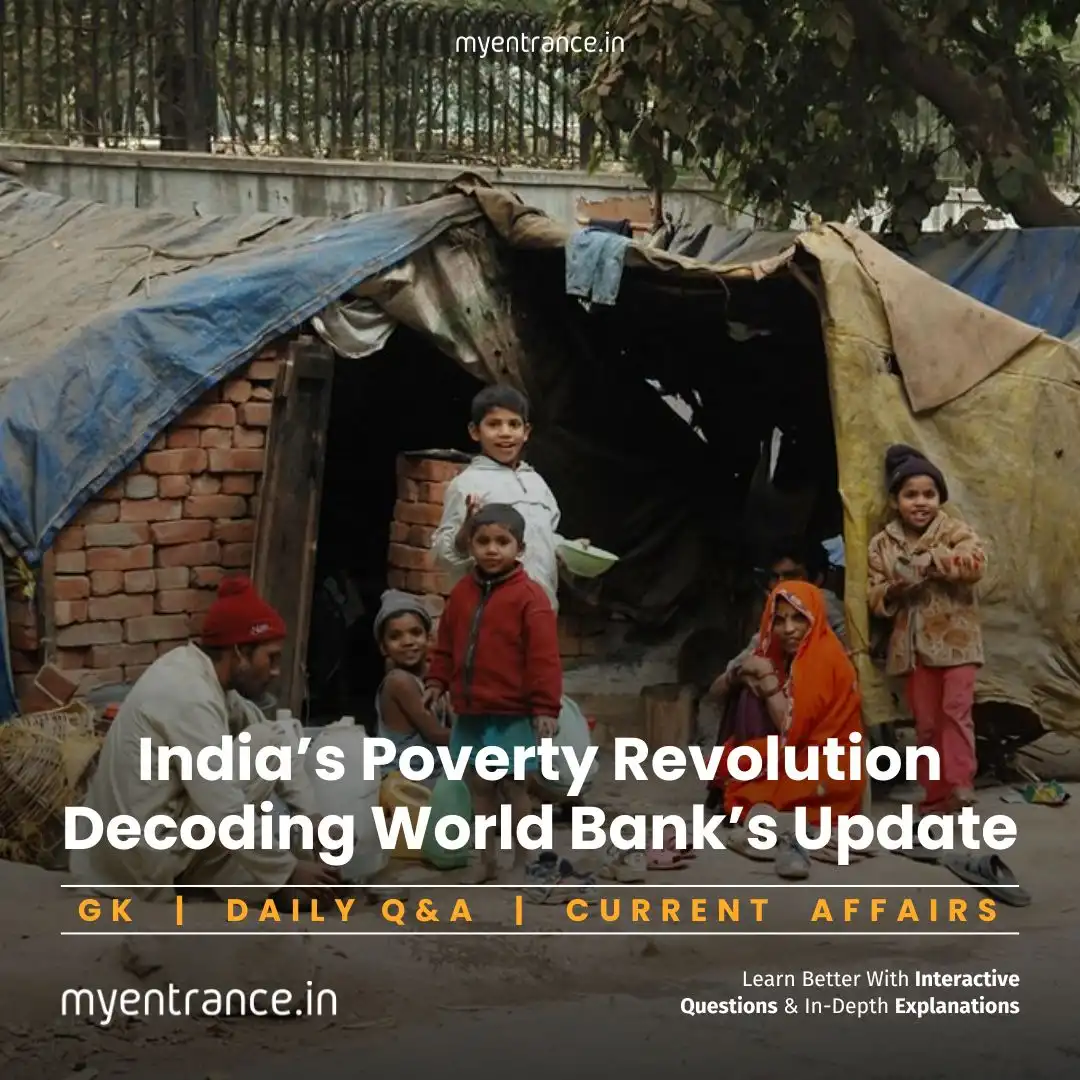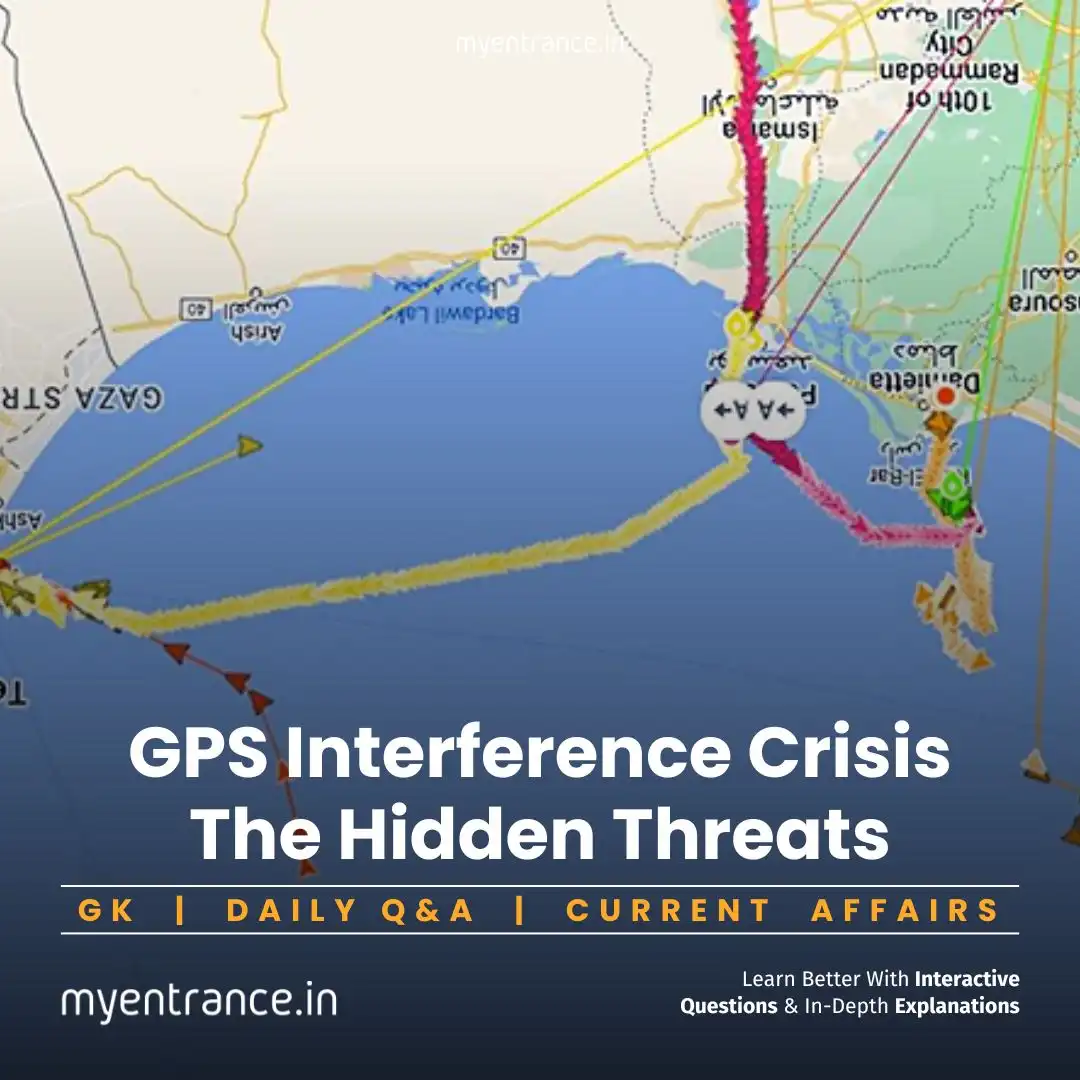Select Language
India’s Groundwater Emergency: Key Facts for Exams
India’s water crisis threatens food security and public health, with agriculture consuming 80% of scarce freshwater. For competitive exam aspirants, understanding this imbalance is vital for GK and essay sections.
Why India’s Water Crisis Matters for Your Exams
India faces a severe water crisis, supporting 18% of the world’s population with just 4% of global freshwater. Worse, 78-90% of this water is used in agriculture, leading to rapid depletion of groundwater—especially in states like Punjab, where extraction is three times faster than recharge. This crisis is a crucial topic for SSC, PSC, UPSC, and other competitive exams, as it intersects with geography, economy, environment, and governance.
The Hidden Costs of Agricultural Dominance
While India is a global leader in milk, spices, and fruit production, its water-intensive farming practices are unsustainable:
Punjab’s Crisis:
78% of its groundwater blocks are over-exploited (up from 50% in 2004) due to excessive paddy cultivation.
Groundwater levels are falling by 1 meter per year due to free electricity and unchecked tubewell use.
Maharashtra’s Imbalance:
Sugarcane occupies just 4% of farmland but consumes 70% of irrigation water, worsening droughts.
Nutrition Paradox:
Despite food surplus, 35.5% of Indian children are stunted (NFHS-5), showing inefficiencies in water use and crop choices.
Policy Flaws: From Green Revolution to Modern Challenges
Key case studies for exams:
Punjab’s Downward Spiral:
Free electricity led to rampant tubewell use, depleting groundwater.
MSP (Minimum Support Price) policies favor water-guzzling rice & wheat over drought-resistant millets.
Gujarat’s Success Story (Jyotigram Yojana):
Metered electricity reduced groundwater extraction by 20%.
Promoted drip irrigation, improving efficiency.
National Policy Issues:
MSP-driven farming discourages climate-smart crops like millets and pulses.
4-Pillar Solution Framework (UPSC Essay Gold!)
Incentive Realignment
Link MSP to agro-ecology (e.g., promote millets in rainfed areas).
Align with International Year of Millets (2023).
Smart Pricing
Andhra’s prepaid smart meters reduced power use by 15% and encouraged drip irrigation.
Micro-Irrigation Scale-Up
Only 12% of India’s 74M irrigated hectares use drip/sprinklers (saving 30-70% water).
Expand via subsidies & leasing models.
Farmer-Led Water Literacy
Maharashtra’s Jalyukta Shivar Abhiyan (groundwater audits) shows community action works.
Eastern India: The Untapped Opportunity
While Punjab and Haryana deplete groundwater, eastern states (Bihar, Jharkhand, Odisha) use only 20% of irrigation potential. Investing here could:
Boost rainfed agriculture
Reduce pressure on northwestern aquifers
Create new food baskets
Most Predicted Questions
Comprehensive study materials, Expert-guided tips & tricks, Mock tests and instant results.
Start your SSC, NIFT, NID, FDDI, PSC journey today with MyEntrance, your ultimate online coaching platform.








